Diarrheal diseases cause severe loss of body fluids, abdominal pain, as well as high morbidity and mortality in vulnerable populations that include young children, HIV patients, travelers, the elderly, and patients with inflammatory bowel disease (IBD) or functional bowel disorders such as irritable bowel syndrome (IBS). Diarrheal diseases are also associated with malnutrition, disability, and monumental health care costs. While numerous drugs are available for treating diarrhea illnesses, opiates are the only drugs that quickly shortens the duration of diarrheal diseases and offer relief from cramping and pain. However, opiates are addictive and not recommended for use in children, they cause bowel dysfunction, drowsiness, and potentially fatal overdoses. Importantly even the peripherally acting, over the counter opioids for self-medicating are increasing posing a crisis of fatal overdoses due to misuse and abuse. Therefore, a critical need exists for less-harmful alternative therapies to opiates. Traditional herbal medications are the potential source of such alternative drugs. The ultimate goal of my research is to develop a new class of non-opiate compounds for treating diarrheal diseases and GI pain by investigating natural compounds isolated traditional herbal drugs.
Garcinia buchananii Stem and root bark extracts in treating diarrheal diseases
Extracts from the stem bark, root bark, and seeds of various Garcinia species are ingested to treat acute and chronic diarrheas, dysentery, cramping and GI pain in Africa, Asia and South America. In Africa, G. buchananii bark-extract (GBB) is even used to treat chronic diarrhea in frail HIV patients, and children. In addition, extracts from Garcinia plants are used to treat other illnesses including tooth ache, cancer, inflammation, parasitic and microbial infections, hypertension obesity, diabetes.
- Young G. buchananii tree
- Mature G. buchananii tree
- Garcinia buchananii tree
- Garcinia buchananii tree
- G. buchananii fruits
- Mature, ripe fruits
- Mature, ripe fruits
- Peeled fruits
- Fruit peels
- Seeds
- Fruits partly eaten by birds
While the antidiarrheal antinociceptive properties of GBB has not been formally tested, indigenous practices strongly supports it has efficacy against diarrheas. Furthermore, our own preclinical analysis in rats with lactose-induced diarrhea show that GBB has anti-diarrheal activity, it can be separated into components (fractions) that retain anti-diarrheal effects. The objectives of our ongoing research are to: i) identify the bioactive active molecules, and (ii) determine the effectiveness of the active molecules against infectious diarrheas.
Bioactivity-guided investigations of active compounds from Garcinia buchananii Stem Bark
To address a crucial question of what are the active compounds in GBB? Our team used MPLC, MS and NMR methods to isolate and characterize compounds from GBB and extracts of other parts of Garcinia buchananii trees including roots, leaves and fruits. Current studies in our laboratory and the laboratories of or collaborators are aimed at testing the bioactivity of fractions and pure compounds isolated from the extract of the stem bark of Garcinia buchananii trees. These assays include: (1) determining the effect of fractions and compounds on gastrointestinal (GI) motility, neuromuscular transmission and synaptic neurotransmission; (2) identifying the compounds that mitigates pain; (3) identifying molecular targets and the cellular mechanism of action; (4) determining the effects of GBB and derived compounds on the high fat diet-induced gastrointestinal diabetic neuropathy; and (5) determining whether GBB and derived compounds mitigated GI diabetic neuropathy by modulating the microbiome. We discovered that GBB is very powerful antioxidative preparation. We are currently investigating the antioxidative properties of GBB and derived compounds.
SPONSORS/SUPPORTERS
We thank C 7 L LOCKER CO (CL LOCKER) for providing porcine intestinal samples for in vitro assays.


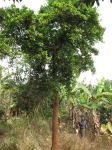
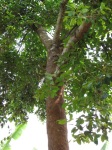
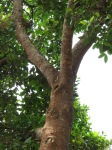
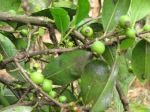
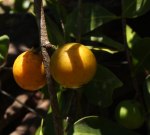
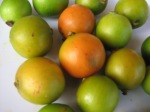
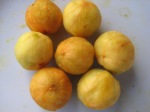
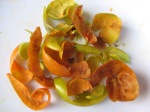
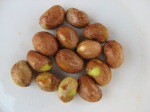
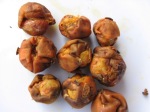
You must be logged in to post a comment.